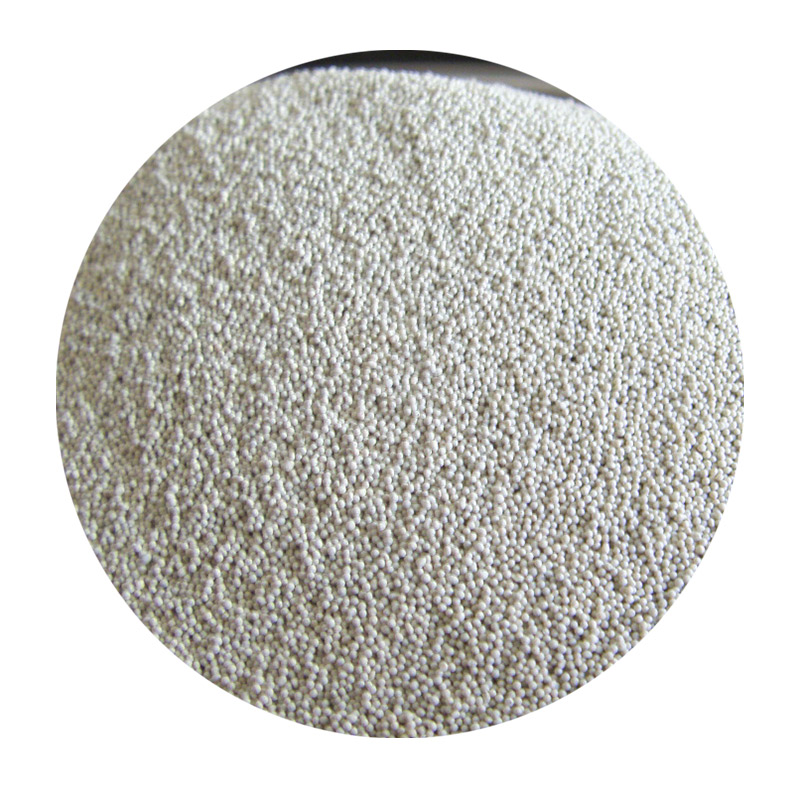The Transformative Potential of 3D Printer Sand Technology
In recent years, the field of additive manufacturing has seen exponential growth and innovation, leading to the emergence of new materials and techniques that are reshaping various industries. One such innovation is the use of sand in 3D printing, which is paving the way for numerous applications in construction, art, and manufacturing. This technology not only enhances the capabilities of traditional 3D printing but also presents profound implications for sustainability and cost-efficiency.
Understanding 3D Printer Sand Technology
3D printing with sand typically involves a process known as binder jetting, where layers of sand are spread over a build plate and then selectively bonded together using a binding agent. This technique allows for the creation of complex geometries and intricate designs that would be challenging to achieve with conventional materials. The sand used in this process can range from natural minerals to recycled materials, contributing to the sustainability aspect of this innovation.
One of the most notable advantages of sand in 3D printing is its abundance and low cost. Sand is one of the most widely available resources on Earth, making it an economical choice for various manufacturing applications. Furthermore, using sand can significantly reduce the environmental impact associated with traditional manufacturing methods, particularly those that involve the extraction and processing of metals or plastics. By leveraging locally sourced sand, companies can minimize both transportation costs and the carbon footprint of their production processes.
Applications in Construction
The construction industry stands to benefit immensely from 3D printing technology using sand. In Dubai, for instance, the world's first 3D-printed office building was constructed using a mixture of sand and cement. This innovative approach not only reduced construction time but also resulted in a substantial decrease in labor costs. The ability to print large structures layer by layer allows for more flexible designs, enabling architects to push the boundaries of creativity and functionality.
Moreover, the use of sand in 3D printing can lead to increased resilience in building materials. Sand-based composites can be designed to withstand extreme weather conditions, making them ideal for regions prone to natural disasters. This flexibility can also mean that structures can be adapted and reconfigured as community needs evolve, showcasing the versatility of 3D printing in urban development.
3d printer sand

Art and Design
In addition to its applications in construction, sand 3D printing is making waves in the world of art and design. Artists and designers are exploring the potential of sand as a medium, creating stunning sculptures and installations that highlight the unique textures and patterns of the material. This innovative approach allows for the production of intricate designs that would be difficult, if not impossible, to achieve by hand or with traditional manufacturing techniques.
Moreover, sand 3D printing enables rapid prototyping, allowing designers to iterate and refine their creations quickly. This capability fosters a more dynamic creative process, where ideas can be brought to life in a fraction of the time it would typically take, encouraging experimentation and innovation in the art world.
Sustainability and Future Prospects
As we progress into an era increasingly defined by environmental consciousness, the role of 3D printer sand technology cannot be overstated. Not only does it offer a means to repurpose waste materials and reduce carbon emissions, but it also provides a roadmap for responsible manufacturing practices. By using sustainable materials and minimizing waste, this technology embodies the principles of a circular economy, where resources are reused and repurposed rather than discarded.
Looking ahead, the future of 3D printing with sand appears promising. With ongoing advancements in material science and printing techniques, we can expect to see even more innovative applications spanning across various sectors. Research into alternative binding agents and the incorporation of smart materials could further enhance the functionality and appeal of sand-based 3D printed products.
In conclusion, the advent of 3D printer sand technology represents a significant leap forward in the field of additive manufacturing. By capitalizing on the natural abundance of sand and its potential for complex, sustainable designs, this technology is poised to revolutionize industries ranging from construction to art. As we continue to explore and develop these capabilities, the implications for our economy and environment could be profound, ultimately leading us towards a more innovative and sustainable future.
Post time:12-р сар . 05, 2024 15:28
Next:sand casting ideas
